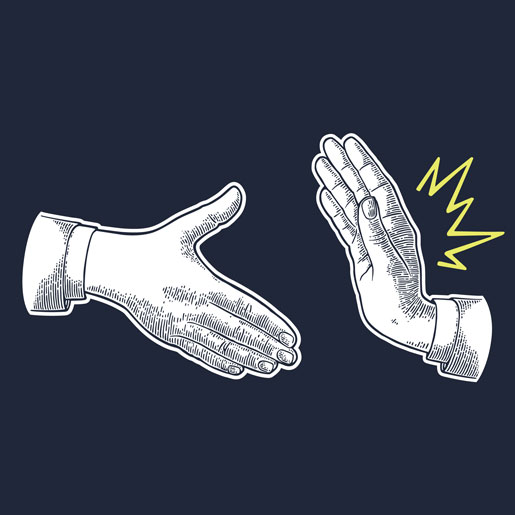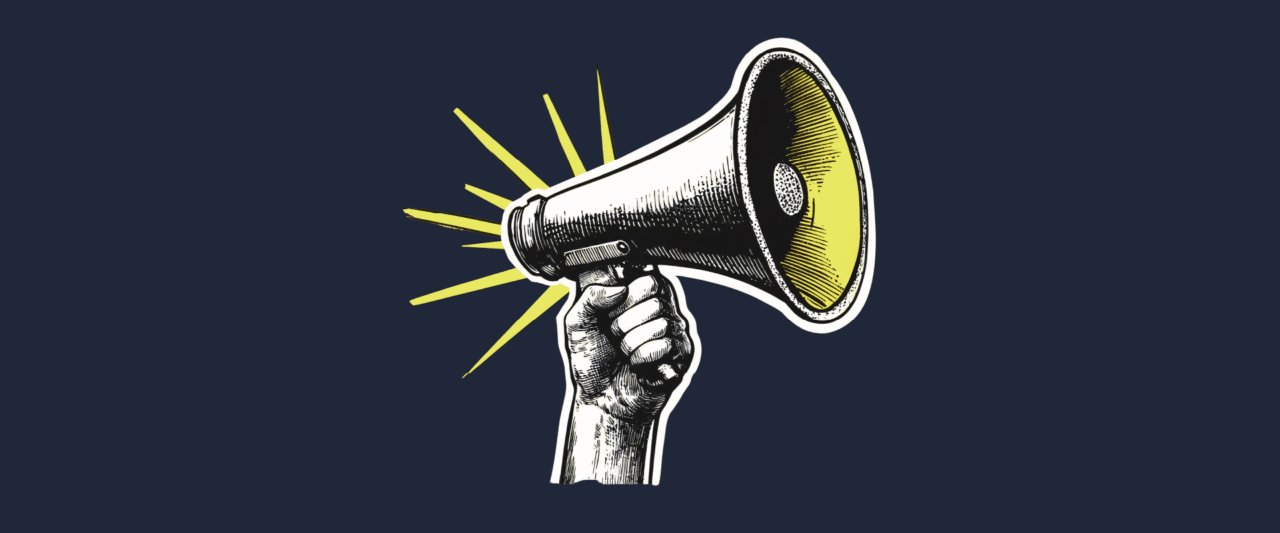A decade ago, media plans were pretty straightforward. The majority of the budget went to traditional media. Digital got whatever was left over (a measly 20%). Back then, digital advertising mostly meant clunky banner ads stuffed into e-newsletters and websites. Fast forward to now, and the game has completely changed. Digital media has exploded, becoming more fragmented and complex than ever. For B2B brands, the shift to digital has been impossible to ignore — and it’s time to learn how to improve paid media.
Just look at the numbers. In 2022, U.S. B2B digital ad spend hit $14.6 billion. That was a near 15% jump from the previous year. Things have only picked up since then. By 2026, spend is expected to climb past $23 billion.
TV advertising is feeling the shake-up, too. Connected TV (CTV) is now one of the fastest-growing ad channels, it was expected to hit $38.3 billion in ad revenue in 2024 with an expected 17.6% growth in 2025. Meanwhile, linear TV continues its slow decline, dropping from $60.5 billion in 2024 to a projected $56.8 billion by 2027.
And it’s not just brands making the shift. Viewers are too. A 2022 survey found that 57% of U.S. CTV users prefer ads on streaming platforms over traditional TV spots. Now it’s clear: Digital media isn’t an add-on anymore. It’s the main event. If your marketing strategy isn’t keeping up, you’re leaving opportunities (and revenue) on the table.
wondering how to improve paid media?
Here’s where things get tricky. Digital isn’t just growing. It’s evolving at a rapid pace. Platforms like Google, Meta, LinkedIn, and programmatic demand-side platforms (DSPs) all have unique ad targeting capabilities, algorithms, and reporting tools. And if you think you can just “set and forget” your paid media campaigns, well … yikes. That’s a recipe for wasted ad spend and disappointing KPIs.
To maximize your media dollars, you have to:
- Master each platform’s targeting features to make sure your ads are reaching the right people at the right time.
- Define clear KPIs (like click-through rates, conversions or return on ad spend ) and track them religiously.
- Measure success beyond vanity metrics. Impressions are cute, but are they driving leads and sales?
- Optimize constantly. Test different creative, tweak audience segments, adjust budgets and analyze performance data in real-time.
That’s a lot.
Yep, it really is. The days of throwing money at digital ads and hoping for the best are long gone. The brands winning in this space aren’t just investing in digital. They’re focused on what it takes to improve their paid media— refining, testing and optimizing every single dollar. Here’s how you can do the same.
Narrow in on your most useful channels and match them with budget allocations.
Choosing the right platforms for your ads isn’t as simple as picking the most popular ones. Each platform — be it social media, search engines, or display networks — has distinct strengths and audience demographics. Allocating your budget effectively means understanding where your target audience spends time and tailoring your strategy accordingly.
Take this as an example. Google ads might connect you with people actively searching for your products, but platforms like LinkedIn could be more effective for B2B targeting. Strategic budget allocation means placing financial resources where they’ll make the most impact across all digital marketing efforts, thus providing the best return. Budgets should align with overarching business goals and clearly defined marketing objectives so you can focus on better resource management and achieving measurable results.
Consider the make-or-break factor: Creative.
Even with a perfectly targeted media plan, subpar creative will have you throwing away money. A Nielsen study shows that 47% of a brand’s sales from advertising are driven by creative. In other words, compelling advertising that resonates with each audience segment is crucial. If your creative doesn’t hit the mark, you’ll have to spend significantly more to achieve the same results as a well-crafted ad.
Choose a seasoned partner to help manage it all.
When you’re looking into how to improve paid media, a team of trained professionals is a great option. Digital-first agencies live and breathe ad platforms, algorithm changes and emerging trends. They know how to stretch your budget and understand how to balance spend across channels. That means you don’t have to worry about over-investing in one area while missing key opportunities in another.
The right agency can also deliver killer creative designed to perform well in your chosen platforms and in front of your target audiences. Because you don’t just want your ads to be seen. You want them to get results.
Bottom line? Digital is the future, but only if you know how to work the system. Otherwise, you’re just burning budget while your audience scrolls right past. If you need some support to get there, the Lessing-Flynn team is here to help. We’re one of those digital-first agencies we mentioned. We can handle everything in-house, from attention-grabbing creative to audience targeting and online placements. All so we know our clients are getting the high-quality results they’re looking for. Get in touch.
LF Newsletter Alert
Want Lessing-Flynn to rock the socks off your inbox with insights and more?




